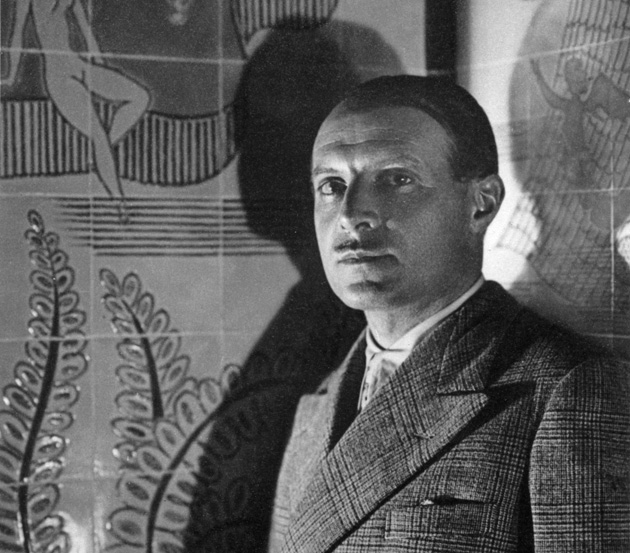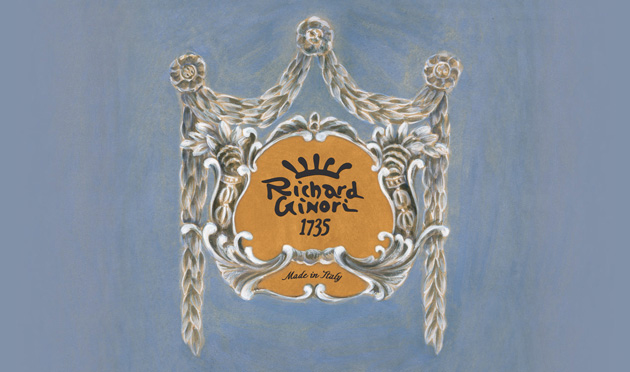
At the edges of the most well-established northern districts of Italian design, but still not excluded from their boundaries neither for artistic vocation, nor for industriousness, Florence keeps on representing a niche environment in the world of creation: not fertile enough to make outstanding innovation develop, but still able to keep safe the most excellent bricks of its decorative DNA.
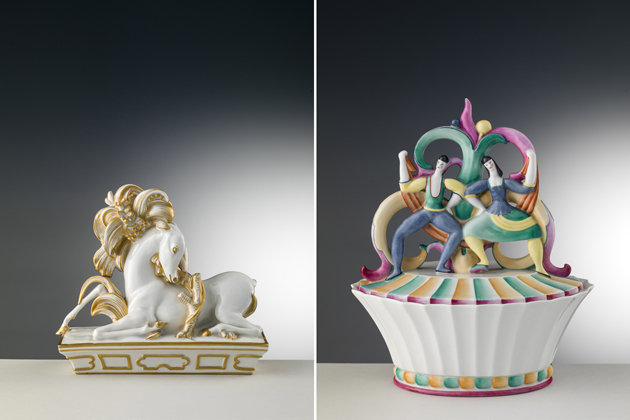
That’s the case of the magnificent heritage of Richard Ginori, Florence’s historical porcelains manufacture founded in 1735 by marquis Carlo Ginori and still active nowadays with what, in figures, remains the biggest national production of china tableware. In the course of its three centuries of history, Richard Ginori has absorbed and reinterpreted the most relevant movements of European decorative arts, vaunting outstanding art directors and dream commissions for museums and private collections. In May 2013, after a few years of financial deep waters, it has been acquired by Gucci Group, which is now committed to defend Ginori’s brand, strengthen its commercial appeal, and to get the city closer to this important chapter of its material culture.
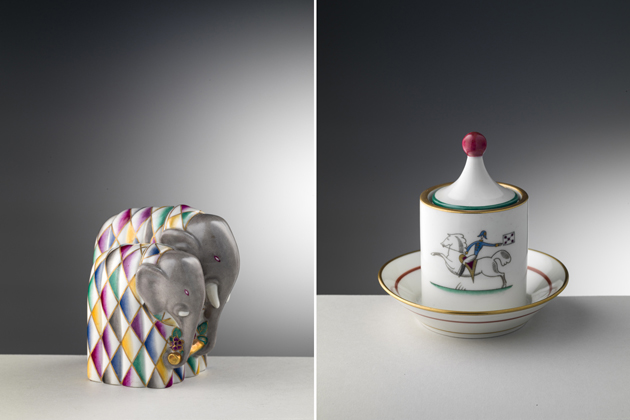
Co-financed by the Gucci Group itself and hosted at Museo Marino Marini in the very heart of Florence’s old town centre, the “Richard Ginori and Gio Ponti: an inedited correspondence” exhibition is a proud attempt to enlighten this patrimony. Curators Livia Frescobaldi Malenchini, Oliva Rucellai and Alberto Salvadori have made a conscious choice: to present a restricted selection of Gio Ponti’s creations and to match the 50 pieces on show with the epistles that Ponti addressed from 1923 to 1933 to Ginori’s production departments representatives. Illustrated and annotated as a sketch book, each letter is not only an ironic attempt to describe the art director’s insights, but also a concrete example of what industrial design really is: an inclusive team work that reaches the highest peaks only through an obsessive attention to detail along the whole supply chain.
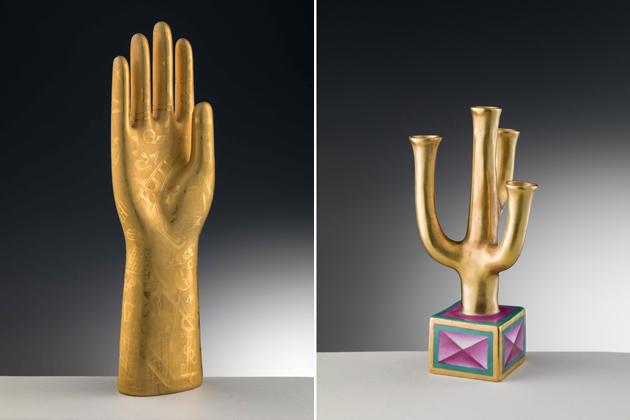
Not far away from Museo Marino Marini, a visit to the historical Richard Ginori’s showroom in via Rondinelli, recently reopened after the financial handover, bring us apart from the creative intensity of Ponti’s research. The stylistic choice of the new interiors, a shabby chic revisitation of neoclassic taste, can be seen as an indicator of what the new management has in mind: to leave apart the most iconic and imaginative pieces, including the mix&match experiments developed by the latest art director Paola Navone, and to encourage the stable business of traditional high-end tableware.
